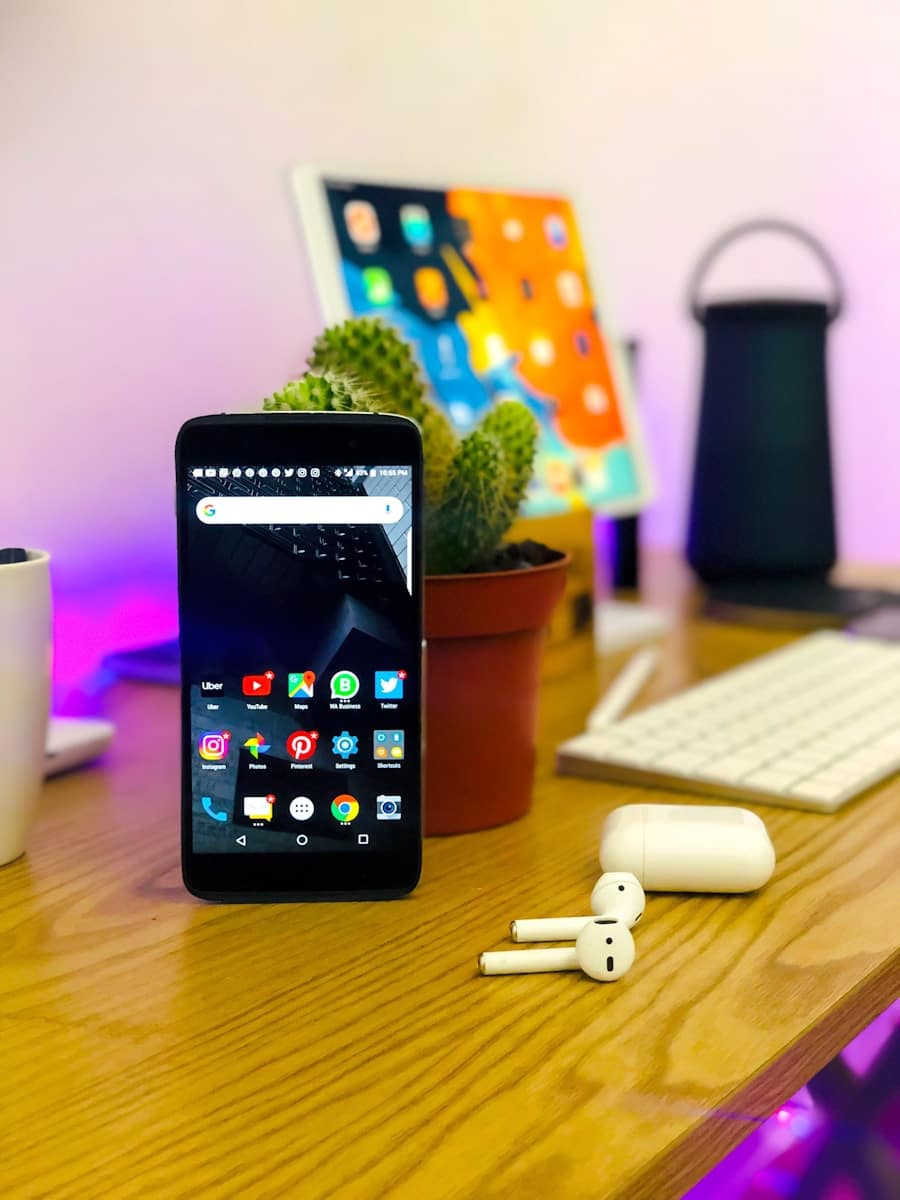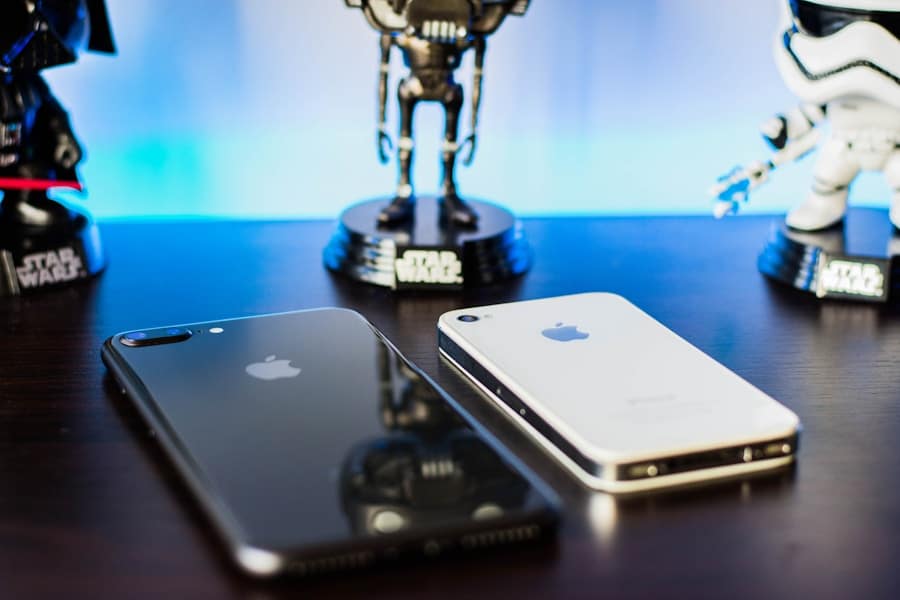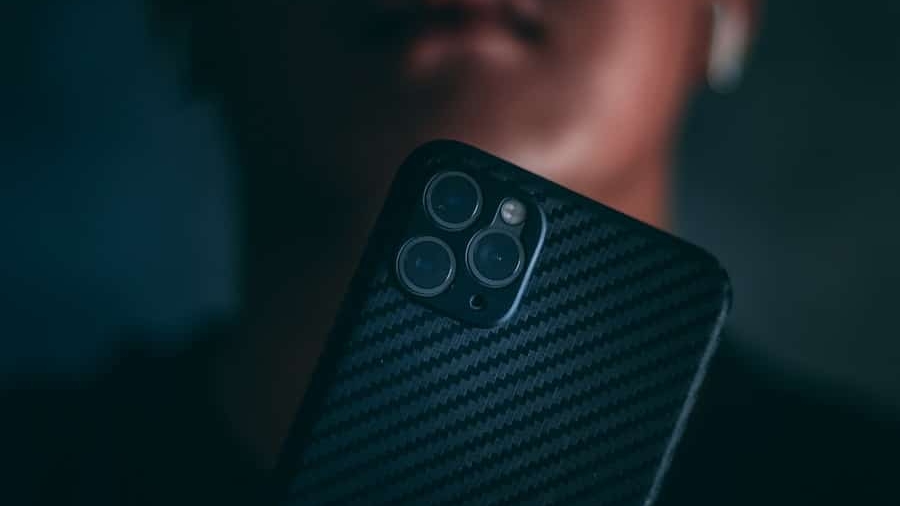The advent of artificial intelligence (AI) has revolutionized numerous sectors, and the smartphone industry is no exception. AI-powered smartphones are at the forefront of this technological evolution, integrating sophisticated algorithms and machine learning capabilities to enhance user experience. These devices are not merely tools for communication; they have transformed into intelligent companions that learn from user behavior, adapt to preferences, and provide personalized experiences.
The integration of AI into smartphones has led to significant advancements in various functionalities, including performance optimization, camera enhancements, and user interface improvements. As consumers increasingly demand smarter and more efficient devices, manufacturers are responding by embedding AI technologies into their smartphones. This trend is evident in flagship models from major brands like Apple, Samsung, and Google, which leverage AI to differentiate their products in a competitive market.
From voice assistants that understand natural language to predictive text features that anticipate user needs, AI is reshaping how we interact with our devices. The implications of these advancements extend beyond mere convenience; they also enhance productivity, security, and overall user satisfaction.
Key Takeaways
- AI-powered smartphones are revolutionizing the way we use mobile devices, offering advanced features and capabilities.
- These smartphones deliver exceptional performance and speed, thanks to their AI-powered processors and optimized software.
- The camera and imaging capabilities of AI-powered smartphones are top-notch, with advanced AI features enhancing the overall photography experience.
- AI features and capabilities, such as voice recognition and predictive text, make AI-powered smartphones more intuitive and user-friendly.
- The design and display of AI-powered smartphones are sleek and modern, offering immersive viewing experiences and stylish aesthetics.
Performance and Speed
One of the most significant advantages of AI-powered smartphones is their enhanced performance and speed. Traditional smartphones rely on hardware specifications such as processor speed and RAM capacity to deliver performance. However, AI introduces a new dimension by optimizing these resources dynamically based on user behavior.
For instance, AI algorithms can analyze how users interact with their devices and allocate processing power accordingly. This means that frequently used applications can load faster while less frequently accessed apps may receive fewer resources, resulting in a more efficient overall experience. Moreover, AI can improve multitasking capabilities by intelligently managing background processes.
For example, when a user switches between applications, AI can prioritize the active app while minimizing resource allocation to others that are not in use. This leads to smoother transitions and reduced lag, which is particularly beneficial for users who rely on their smartphones for demanding tasks such as gaming or video editing. Additionally, advancements in AI-driven chipsets, such as Apple’s A-series or Qualcomm’s Snapdragon processors, further enhance performance by integrating dedicated AI cores that handle machine learning tasks more efficiently than traditional CPUs.
Camera and Imaging Capabilities

The camera capabilities of smartphones have seen remarkable improvements due to the integration of AI technologies. Modern smartphones are equipped with multiple lenses and sensors that capture images in various conditions, but it is the AI algorithms that truly elevate the photography experience. For instance, AI can analyze scenes in real-time to optimize settings such as exposure, white balance, and focus.
This results in stunning photographs that rival those taken with professional cameras, even in challenging lighting conditions. AI-powered features such as scene recognition allow smartphones to identify subjects—be it landscapes, portraits, or food—and automatically adjust camera settings for optimal results. For example, Google’s Pixel series utilizes machine learning to enhance image quality through computational photography techniques like Night Sight, which captures clear images in low-light environments without the need for a flash.
Furthermore, AI can also assist in post-processing by applying filters or enhancing details based on user preferences. This level of sophistication not only simplifies the photography process for casual users but also empowers enthusiasts to explore their creativity without needing extensive technical knowledge.
AI Features and Capabilities
The capabilities of AI extend far beyond performance and photography; they encompass a wide range of features designed to enhance user interaction and functionality. Voice assistants like Siri, Google Assistant, and Bixby leverage natural language processing (NLP) to understand and respond to user commands more effectively than ever before. These assistants can perform tasks ranging from setting reminders to controlling smart home devices, all while learning from user interactions to provide increasingly accurate responses over time.
Another notable application of AI in smartphones is predictive analytics. By analyzing usage patterns, AI can anticipate user needs and suggest actions before they are explicitly requested. For instance, if a user frequently checks the weather in the morning, the smartphone may proactively display weather updates on the home screen or send notifications at relevant times.
Additionally, AI can enhance security features through facial recognition or fingerprint scanning that adapts to changes in user appearance or behavior, ensuring that access remains secure yet convenient.
Design and Display
The design and display of AI-powered smartphones have also evolved significantly as manufacturers strive to create devices that are not only functional but also aesthetically pleasing. The trend towards edge-to-edge displays has been facilitated by advancements in AI technology that allow for more efficient use of screen real estate. For example, AI algorithms can optimize display settings based on ambient light conditions, ensuring that colors remain vibrant and text remains legible regardless of the environment.
These features enhance the viewing experience by providing smoother animations during gaming or scrolling while conserving battery life when high refresh rates are unnecessary. Additionally, manufacturers are increasingly incorporating materials that enhance durability without compromising design aesthetics.
The use of glass backs combined with metal frames not only provides a premium feel but also allows for wireless charging capabilities—a feature that has become standard in many high-end models.
Battery Life and Charging

Battery life remains a critical concern for smartphone users, and AI plays a pivotal role in optimizing power consumption. Traditional battery management systems often rely on static algorithms that do not account for individual usage patterns. In contrast, AI-driven battery management learns from user habits to optimize energy consumption dynamically.
For instance, if a user typically uses certain apps during specific times of the day, the smartphone can allocate resources more efficiently during those periods while conserving battery life during less active hours. Moreover, advancements in fast charging technologies have been complemented by AI capabilities that monitor battery health and charging patterns. Smart charging algorithms can adjust charging speeds based on factors such as battery temperature and current charge level to prolong battery lifespan while ensuring quick recharges when needed.
Some smartphones even feature adaptive charging modes that slow down charging overnight to prevent battery degradation—a testament to how AI is enhancing not just performance but also longevity.
User Interface and Software
The user interface (UI) of AI-powered smartphones has undergone significant transformation as manufacturers strive to create intuitive experiences that cater to individual preferences. AI-driven interfaces can adapt based on user behavior, presenting relevant information and shortcuts tailored to specific needs. For example, if a user frequently accesses certain apps or settings at particular times of day, the UI can prioritize these elements for quicker access.
Additionally, software updates powered by AI can enhance functionality over time without requiring users to manually install new versions. This means that as new features are developed or existing ones improved based on user feedback and behavior analysis, smartphones can evolve seamlessly. The integration of machine learning into software development allows for continuous improvement in areas such as security updates and bug fixes—ensuring that devices remain secure and efficient throughout their lifecycle.
Conclusion and Recommendations
As we navigate an increasingly digital world, the role of AI-powered smartphones becomes ever more critical in enhancing our daily lives. These devices not only offer superior performance and innovative features but also adapt to our unique preferences and behaviors over time. When considering a new smartphone purchase, it is essential to evaluate how well a device integrates AI capabilities across various aspects such as camera quality, battery management, and user interface design.
For consumers seeking cutting-edge technology that enhances productivity and creativity while providing a seamless user experience, investing in an AI-powered smartphone is a wise choice. Brands like Apple with its iPhone series, Google with its Pixel line-up, and Samsung with its Galaxy range exemplify how AI can be harnessed to create devices that are not only powerful but also intuitive and responsive to individual needs. As technology continues to advance, the potential for further innovations in this space remains vast—promising an exciting future for smartphone users worldwide.
If you are interested in exploring the latest advancements in technology, you may also want to check out this article on the best software for literature review. Just like how AI-powered smartphones are revolutionizing the way we communicate and interact with our devices, these software tools are changing the way researchers and academics conduct their literature reviews. It’s fascinating to see how technology is impacting various fields and industries, making our lives more efficient and productive.
FAQs
What are AI-powered smartphones?
AI-powered smartphones are devices that utilize artificial intelligence to enhance various features and functions, such as camera performance, voice recognition, and user experience. These smartphones are equipped with AI processors and algorithms to analyze data and make intelligent decisions to improve overall performance.
What are the key features of AI-powered smartphones?
Key features of AI-powered smartphones include advanced camera capabilities such as scene recognition, portrait mode, and low-light photography enhancements. Additionally, AI-powered smartphones offer improved voice assistants, personalized user experiences, and efficient power management through AI-driven algorithms.
How do AI-powered smartphones enhance user experience?
AI-powered smartphones enhance user experience by providing personalized recommendations, predictive text input, and intelligent voice assistants. These devices also optimize performance based on user behavior and preferences, resulting in a more intuitive and efficient user experience.
What are some of the top AI-powered smartphones of the year?
Some of the top AI-powered smartphones of the year include models from leading manufacturers such as Apple, Samsung, Huawei, and Google. These smartphones feature advanced AI capabilities that significantly improve camera performance, user interaction, and overall device functionality.
How do AI-powered smartphones improve camera performance?
AI-powered smartphones improve camera performance by utilizing AI algorithms to recognize scenes, optimize settings, and enhance image quality. This results in better low-light photography, portrait mode effects, and overall improved image processing capabilities.

